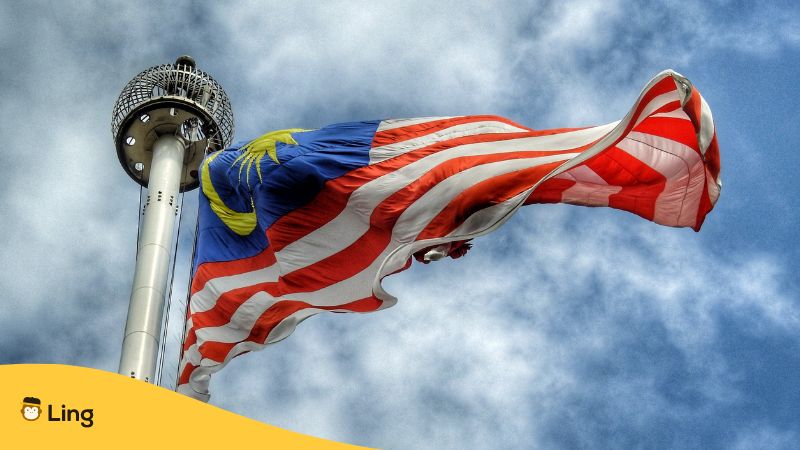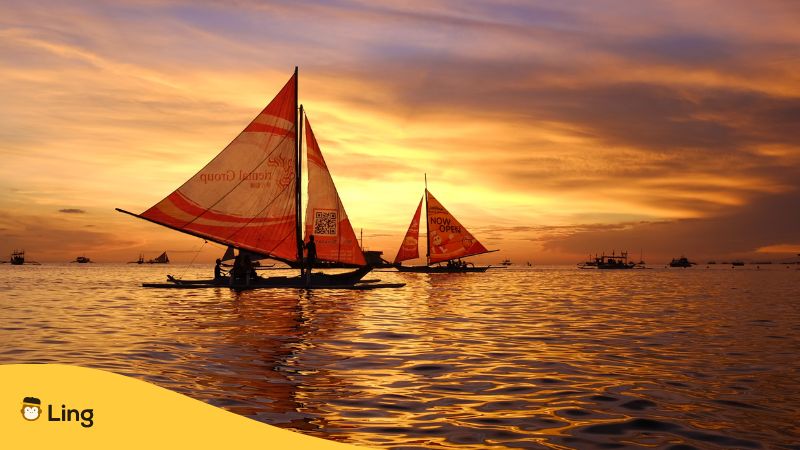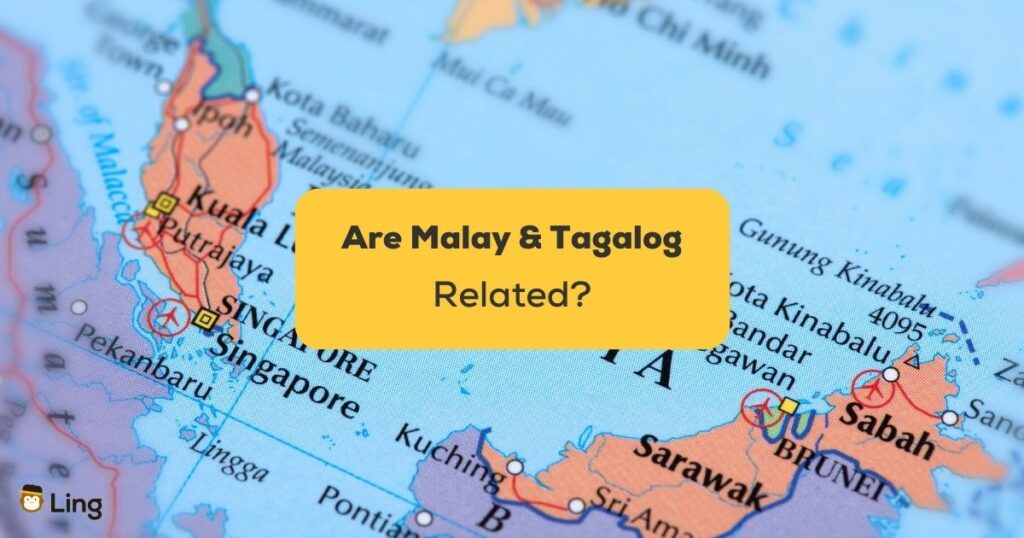Languages, like living organisms, evolve and adapt over time, weaving different meanings and intricate threads of history, culture, and geography. In the vibrant world of language learning, we often encounter surprising connections that highlight the interconnectedness of humanity.
One such intriguing question is: Is Malay related to Tagalog? These two languages, Malay and Tagalog, hold fascinating stories of their own, and exploring their history, geographical relations, and mutual influences can deepen our understanding of both.
A Brief Historical Journey
Malay and Tagalog belong to different language families – Malay is part of the Austronesian language family, while Tagalog is classified under the Malayo-Polynesian branch of the same family. Despite their distinct genealogies, these languages share some common ancestry due to their common Austronesian roots.
The history of the Malay language is rich and varied, influenced by centuries of maritime trade, exploration, and colonization. Malay has historically been across Southeast Asia, fostering cross-cultural communication and trade relationships. This historical significance as national language has contributed to the widespread influence of Malay words in various regional languages.
Tagalog, on the other hand, hails from the Philippine language family and is the primary language of the capital city, Manila. With a history steeped in pre-colonial indigenous culture and Spanish colonization, the Filipino languages like Tagalog language has undergone substantial linguistic transformation over time. The impact of Spanish is evident in both Tagalog’s vocabulary and syntax.

Geographical Relations and Influences
Geographically, Malay and Tagalog speakers are separated by the vast expanse of the South China Sea, with the Malay-speaking region primarily covering parts of the Malay Peninsula, Indonesia, Singapore, and parts of the southern Philippines. The Tagalog region is situated in the Philippines, an archipelago in the western Pacific.
Despite this geographic divide, the two languages have been influenced by their interactions with other cultures. Malay’s role as a trade language introduced it to Indian, Chinese, Arabic, and other dialects with European influences, leaving traces in its vocabulary. Similarly, Tagalog’s exposure to Spanish colonization brought about cultural exchanges, resulting in a unique fusion of elements.

Language Evolution Through Migration
Migration plays a pivotal role in shaping linguistic landscapes. The Malay population has a history of sea exploration and settlement across the ocean silk routes. This movement led to the spread of the Malay language, influencing the formation of local dialects and creole languages.
In the case of native language of the Tagalog population, the Philippines’ history is marked by waves of colonization – from Spanish to American to Japanese influences. Each colonization wave left an indelible mark on the linguistic fabric of the region. Modern Tagalog, known as Filipino, has incorporated vocabulary from these periods, making it a language of remarkable cultural hybridity.

Connecting The Dots: Similarities And Differences
Let’s dive into the fascinating world of similarities and differences between Malay and Tagalog words. Here’s a snapshot of how these languages exhibit shared and distinct words.
| English | Malay | Tagalog |
|---|---|---|
| Water | Air | Tubig |
| Sun | Matahari | Araw |
| House | Rumah | Bahay |
| Food | Makanan | Pagkain |
| Love | Cinta | Pag-ibig |
| Hello | Halo | Kamusta |
While some words bear striking resemblance also the word, others showcase the languages’ unique evolution. Exploring these nuances not only enhances language learning but also unveils the intricate web of historical and cultural interactions that have shaped them.
Five Fun Facts: Connection Between Malay And Tagalog

#1 Innovative Counting
Malay and Tagalog both possess an interesting quirk when it comes to counting. In Malay, the number “eleven” is “sebelas,” which literally translates to “one-ten.” Similarly, in Tagalog, “eleven” is “labing-isa,” the same meaning as “ten and one.” Both have inventive ways to express numerical concepts!
#2 Navigation With The Ocean
The sea history of the Malay people has left a lasting impact on the language. While many languages might rely on left and right for directions, Malay has a unique reliance on nautical terminology. the English words “Hilir” means downstream, “hulu” means upstream, and “tengah” means middle. These terms not only indicate direction but also reflect the close relationship between the very same language family and sea.
#3 Loanwords From Unexpected Places
Both Malay and Tagalog have absorbed loanwords from various cultures. For instance, the Malay word “gerak” means “to move,” and it’s closely related to the spoken Tagalog word “galaw,” which also means “movement.”
#4 Verb Pivoting In Tagalog
Tagalog has a grammatical phenomenon known as “verb pivoting,” which alters the form of a verb depending on the focus of the action. These verb conjugations contrasts with English grammar and many other languages that rely on separate words to convey many words the same nuances. It’s quite tricky!
#5 Malay’s Impact On Hawaiian
While not a direct connection to Tagalog, Malay’s influence extends beyond Southeast Asia. The Hawaiian language incorporates Malay words due to the extensive contact between Southeast Asian traders and Polynesian peoples. For instance, “kayu” in Malay (meaning wood) is similar to “kai” in Hawaiian, which refers to the plant “ti” used in traditional Polynesian culture.
These intriguing tidbits showcase the rich linguistic heritage of Malay and Tagalog, highlighting how languages evolve and intersect in unexpected ways.

Is Malay Related To Tagalog?
So, is Malay related to Tagalog? In linguistics, these languages share a common ancestry within the Austronesian languages family, but their historical journeys and cultural interactions have led them down distinct paths. As language enthusiasts, we have the privilege of uncovering the threads that tie these languages to their pasts, understanding their present-day forms, and appreciating the rich diversity that defines our global linguistic landscape!
Learn Malay With Ling
If you learned something in this article, and you feel the fire to learn Malay or Tagalog vocabulary, then download the Ling app to further your language progression in a fun, interactive space. Download it on the App Store and Play Store for free today, and you’ll be set for your next trip abroad.

































































